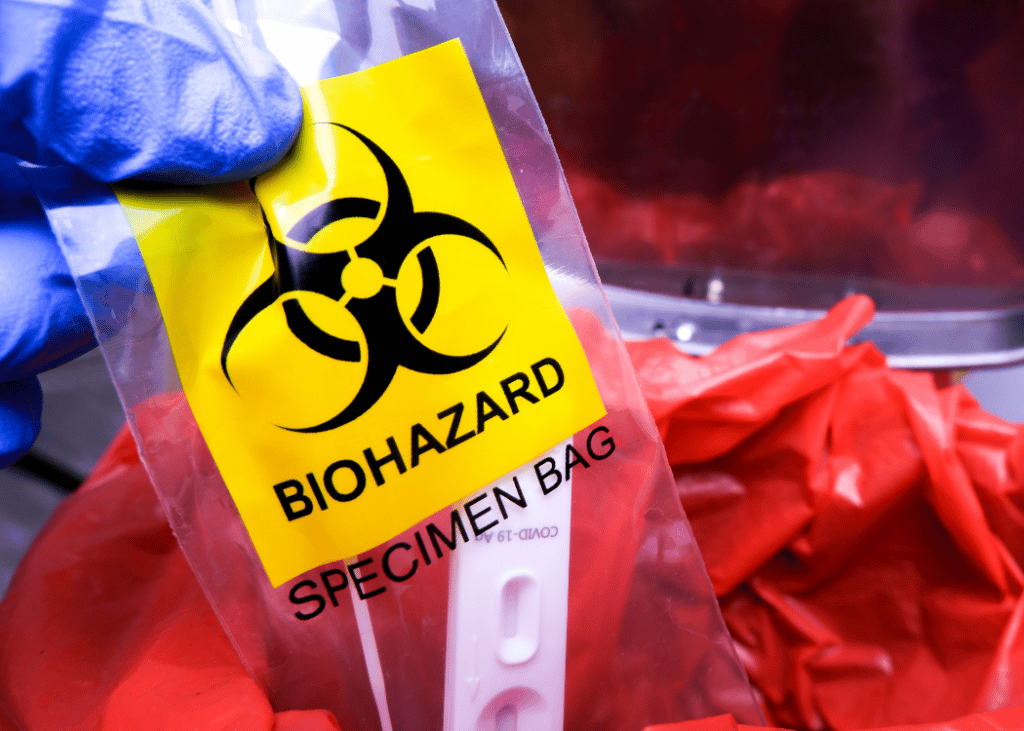Exploring Different Waste Disposal Options for a Cleaner Setting
In the search of a cleaner setting, the management of waste disposal has actually arised as an important focal factor for sustainable advancement. With a wide variety of waste disposal choices available, varying from standard garbage dump techniques to ingenious waste-to-energy modern technologies, the choice of how we handle our waste has far-ranging effects for our planet's wellness.
Recycling Techniques
Carrying out effective recycling methods is vital in lessening waste and advertising sustainability in our atmosphere. Recycling includes the procedure of converting waste materials right into reusable objects to protect against unnecessary disposal.
One more vital recycling approach is composting, which entails disintegrating natural waste like food scraps and backyard trimmings into nutrient-rich dirt. This process not only diverts natural waste from land fills but additionally creates a useful source for horticulture and farming. Furthermore, upcycling is a creative recycling approach that involves transforming old or thrown out products into products of greater quality or worth. By incorporating these various recycling methods right into our waste monitoring practices, we can dramatically decrease our environmental impact and relocate in the direction of a more sustainable future.

Composting Methods
Effective waste management methods, such as reusing methods, lead the means for a cleaner setting, and currently, moving the focus to 'Composting Techniques', we discover lasting means to break down natural waste for environmental benefit. medical waste removal service.
Composting is a natural process that changes organic waste, like food scraps and lawn trimmings, into a nutrient-rich dirt change. The secret to effective composting exists in producing the appropriate balance of eco-friendly products, such as fruit and vegetable scraps, and brownish materials, like dried out leaves and branches. These materials decay with the help of microorganisms, damaging down the waste right into useful garden compost.
There are various composting methods available to match various demands. Traditional backyard composting includes layering organic products in a container or pile and routinely turning the combination to freshen it. Vermicomposting, on the various other hand, makes use of worms to damage down natural matter into compost (click here). For those with minimal space, indoor composting systems supply a hassle-free solution. By utilizing composting techniques, we can decrease the quantity of waste sent out to landfills while creating a valuable product for enriching dirt and sustaining plant development.
Incineration Benefits And Drawbacks
Incineration, as a waste disposal method, offers both advantages and drawbacks that warrant careful consideration in the world of sustainable waste monitoring practices. On the favorable side, incineration can considerably lower the quantity of waste, lessening the demand for land fill space and potentially reducing greenhouse gas exhausts.
Furthermore, the high initial investment and operational expenses of incineration facilities position economic difficulties, making it a much less cost-efficient option contrasted to various other waste monitoring strategies. Cautious tracking and policy are necessary to alleviate these adverse impacts and optimize the advantages of incineration as component of a thorough waste administration technique.
Garbage Dump Monitoring Strategies
Garbage dumps play an essential role in waste administration and environmental conservation by supplying a control system for the disposal of strong waste materials. Effective landfill management strategies are important to reduce environmental influences and ensure the long-term sustainability of these garbage disposal websites. One vital strategy appertains waste compaction to make the most of using offered area within the landfill (click here). By compacting the waste, the volume is decreased, enabling for more waste to be fit gradually.
In addition, the execution of day-to-day cover methods is crucial in minimizing odors, preventing litter, and lowering the attraction of parasites. Covering the disposed waste at the end of each day helps to contain smells and protect against prospective environmental contamination. In addition, the monitoring of land fill gas emissions and leachate degrees is important in ensuring that ecological requirements are met which any type of potential threats to bordering environments are reduced.

Waste-to-Energy Technologies
Among the cutting-edge approaches to lose monitoring entails taking advantage of Waste-to-Energy modern technologies to convert solid waste right into usable power resources. Waste-to-Energy (WtE) modern technologies incorporate a series of procedures that intend to remove energy from waste materials through thermal, chemical, or biological methods. This conversion process not just decreases the quantity of waste that ends up in land fills yet additionally generates beneficial power sources such as electrical power, warm, or biofuels.
There are numerous methods of Waste-to-Energy conversion, including gasification, pyrolysis, and incineration. Incineration includes melting waste at high temperatures to generate warm and electricity. Gasification converts waste into a syngas, which can be made use of for power generation or chemical production. Pyrolysis breaks down natural materials using heats in the absence of oxygen, creating char, bio-oil, and gas.
Applying Waste-to-Energy modern technologies can help reduce environmental problems related to conventional waste disposal methods while at the same time providing an eco-friendly power source. Careful factor to consider needs to be given to exhausts control and guaranteeing the sustainability of feedstock supplies for these innovations to be really beneficial for a cleaner setting.

Verdict
To conclude, discovering various garbage disposal options such as recycling, composting, incineration, land fill administration, and waste-to-energy innovations is crucial for advertising a cleaner setting - click here. Each method has its own advantages and challenges, yet by making use of a mix of these methods, we can work in the direction of lowering the quantity of waste that winds up in land fills and eventually contribute to a much more lasting future for generations ahead
With a wide range of waste disposal alternatives offered, varying from conventional land fill approaches to cutting-edge waste-to-energy technologies, the choice of exactly how we manage our waste has significant effects for our earth's health. medical waste disposal.Incineration, as a waste disposal method, presents both advantages and drawbacks that merit mindful factor to consider in the world of lasting waste monitoring techniques.Garbage dumps play a critical role in waste administration and environmental preservation by giving a containment system for the disposal of strong waste materials. By compacting the waste, the quantity is minimized, enabling for even more waste to be additional hints fit over time
One of the ingenious approaches to waste monitoring includes harnessing Waste-to-Energy modern technologies to convert strong waste right into usable energy resources.